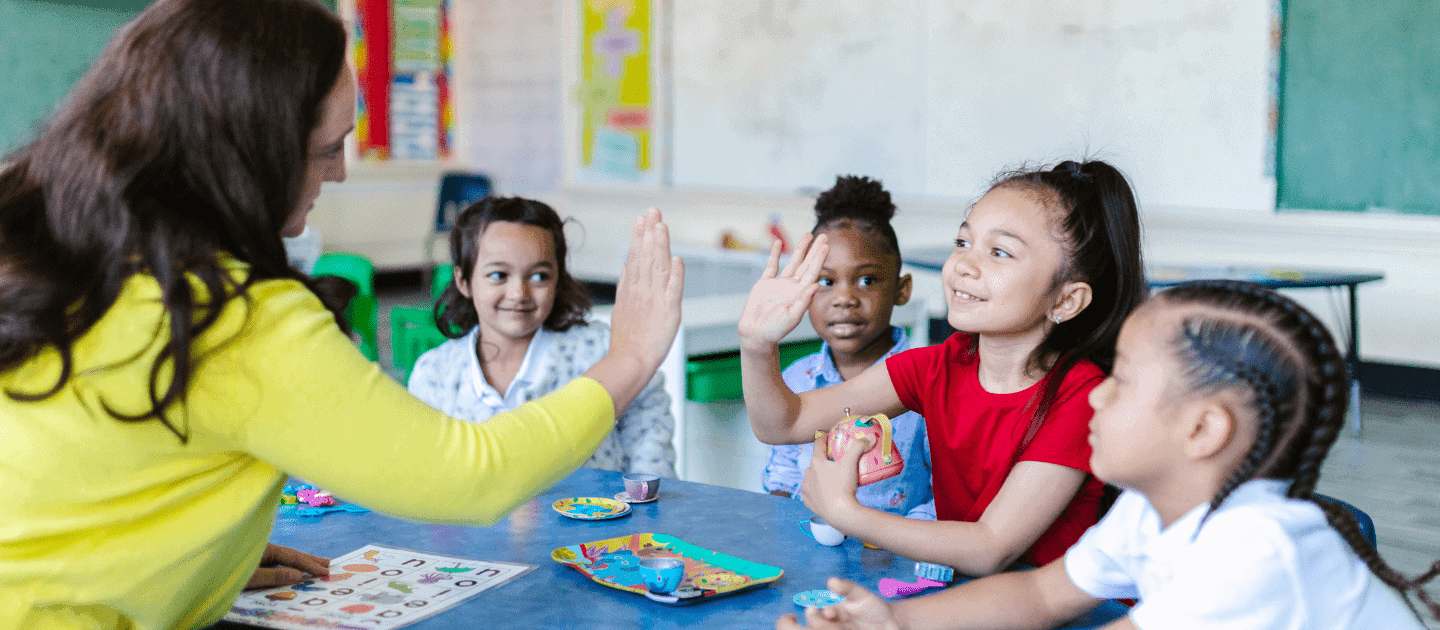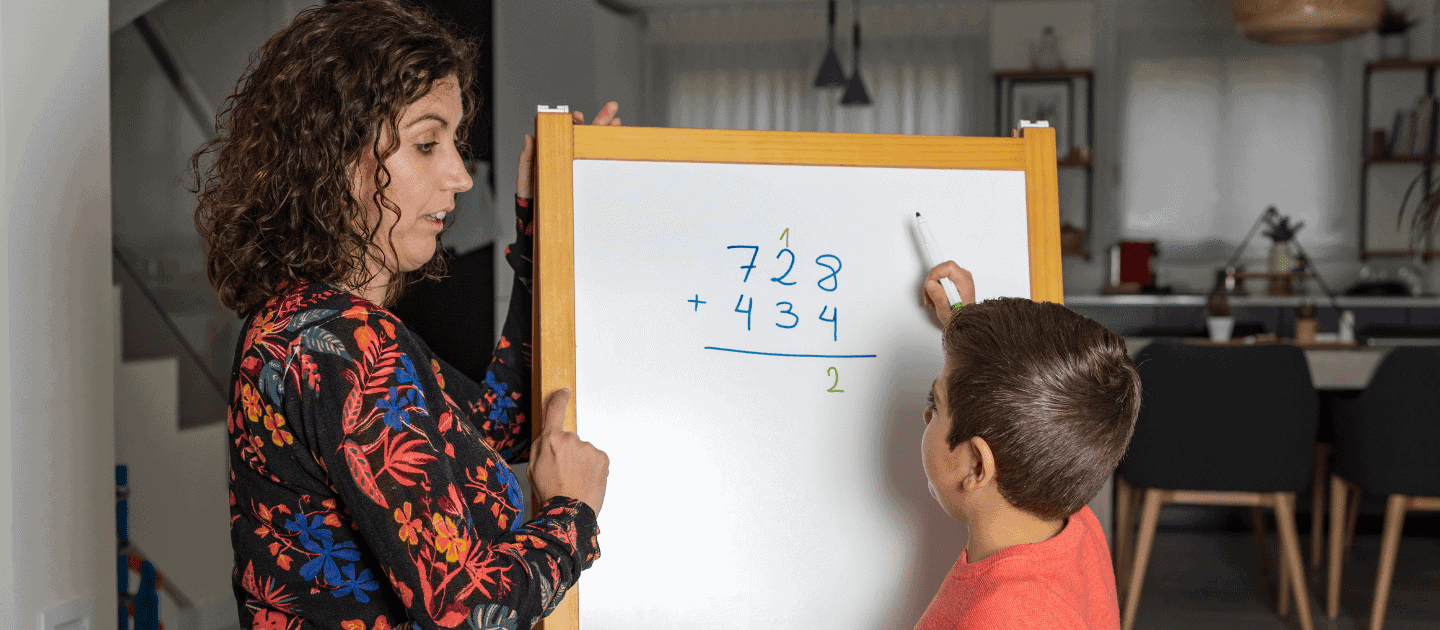How to fix the research-to-practice gap for students with autism in public schools

Effective teaching and learning for students with autism requires special education teachers to possess a secure understanding of evidence-based practices and how to implement them.
The Impact of Audio-Support on Reading Comprehension

To compensate for fluency & decoding difficulties, students with dyslexia often receive audio-support.
Factors Influencing the Behavioural Strengths and Difficulties in Children with Learning Disabilities

Ayar et al. reveal relevant factors, including socioeconomic status, prenatal smoking, and screen time duration, associated with strengths and difficulties among children with specific learning disabilities.
Ci3T: Behavior is a Primary Concern of Teachers

When implementing a tiered model of prevention, such as the comprehensive, integrated, three-tiered model, it is important to attend systematically to the elements that can positively impact the success of the model.
Tier 2 Behavior Interventions: By the Student, for the Student

When designing Tier 2 behavior interventions, student participation and feedback in the process increases effectiveness as student investment increases with involvement.
Understanding How Family Professional Partnerships Skills are Taught to Teacher Candidates

Training for Family Professional Partnerships (FPP) skills in institutions of higher education is essential to provide special educators with the skills needed in supporting families and fostering an inclusive school culture.
How can we use ethics of care to understand the transition to adult services for adults with severe intellectual disabilities?

For people with severe intellectual disabilities, transitioning to adult services marks a significant point in their lives. It is during these times and beyond that their involvement in big decisions, such as planning transitions, and the relationships between these people and family members have never been more important.
The Ineffective Support of a False Growth Mindset

Improving our understanding of the mindsets of students with learning disabilities (LD) will permit the implementation of meaningful supports.
Motivation Matters: Three Motivation Strategies to Support Engagement in Mathematics

Elementary students with or at risk of emotional and behavioral disorders (EBD) often experience failure and frustration in mathematics. With high-quality instruction and motivation strategies, such as reinforcing engagement, self-monitoring strategies, and using the high-p strategy, we can improve student engagement and motivation to scaffold learning.
A Trauma-Informed Approach to Communication with Parents of Culturally and Linguistically Diverse Students

School counselors can play a key role in developing a school-wide, trauma-informed approach to advocating for culturally and linguistically diverse students with emotional and behavioral disorders.
